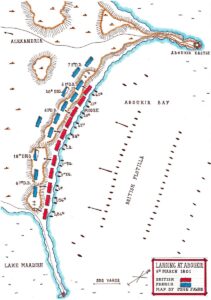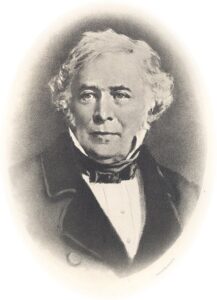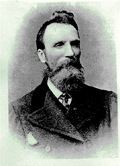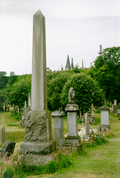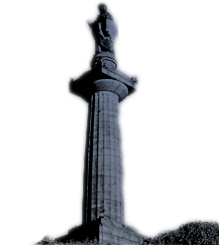By Morag T Fyfe
On 8th March 1801 a British expeditionary force under the command of Lieutenant General Sir Ralph Abercromby landed at Aboukir Bay to the east of Alexandria and defeated the French force opposing the landing. The Brigade commanded by Major General John Moore was allocated a position on the right of the British line.
Soldiers of the 40th, 23rd Royal Welch Fusiliers and 28th Regiments were the first ashore, led by Moore himself. On Moore’s left, the 42nd or Royal Highlanders Regiment landed with the 58th in support. The Highlanders formed up and loaded, in time to meet an attack by French cavalry, which they repelled with volleys. They suffered 21 men killed and 8 officers and 148 soldiers wounded in the action.
One of the soldiers wounded in the action was private Thomas Dobie and he was discharged to pension on 25th August 1802 at Edinburgh Castle aged 26 years due to a wound to the left leg sustained that day. At the time of his discharge he was serving with the 42nd or Royal Highlanders Regiment but his discharge document shows he had originally enlisted (underage) in the 97th Regiment nine years previously.
Dobie gave his birthplace as Barony parish when he enlisted and his trade as a weaver. He seems to have returned to his place of birth as he died at Glasgow in 1846 after drawing his pension for forty four years. He was buried in a common grave in Compartment Iota of the Necropolis on 28 December 1846.
An entry in the 1841 census for 100 Havannah Street may relate to him and suggests he was married with a daughter and a grand-daughter. Apart from that nothing has been found about him except his military records.









